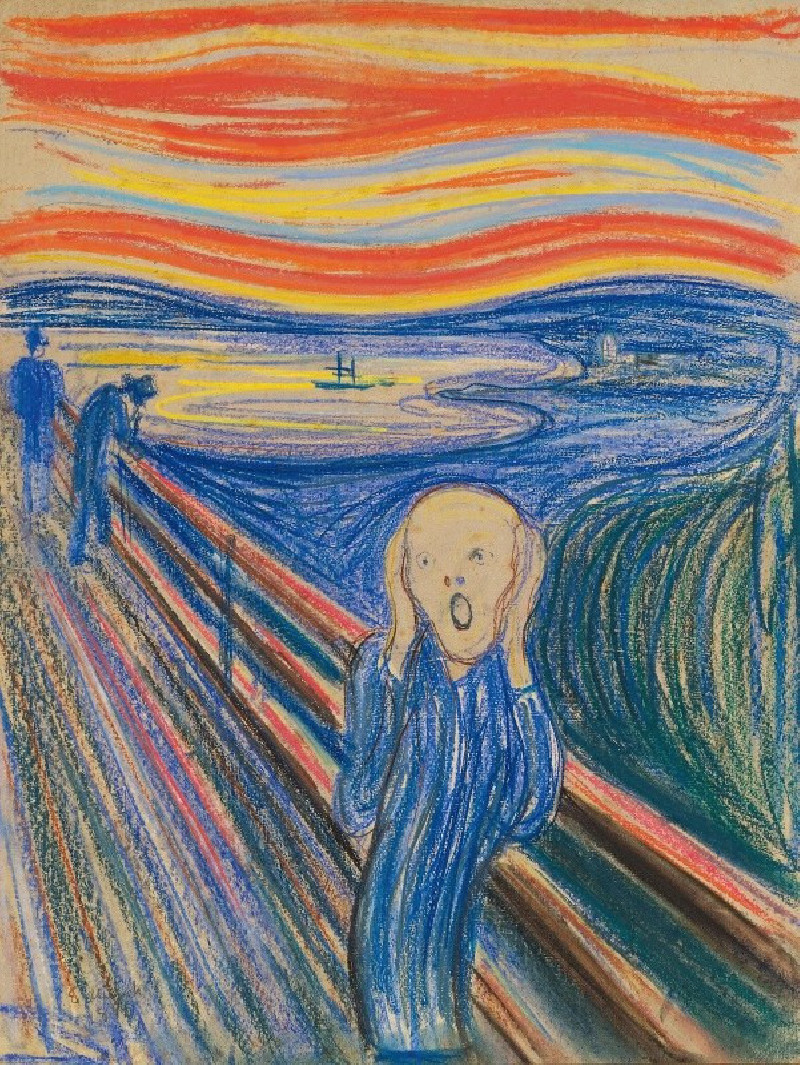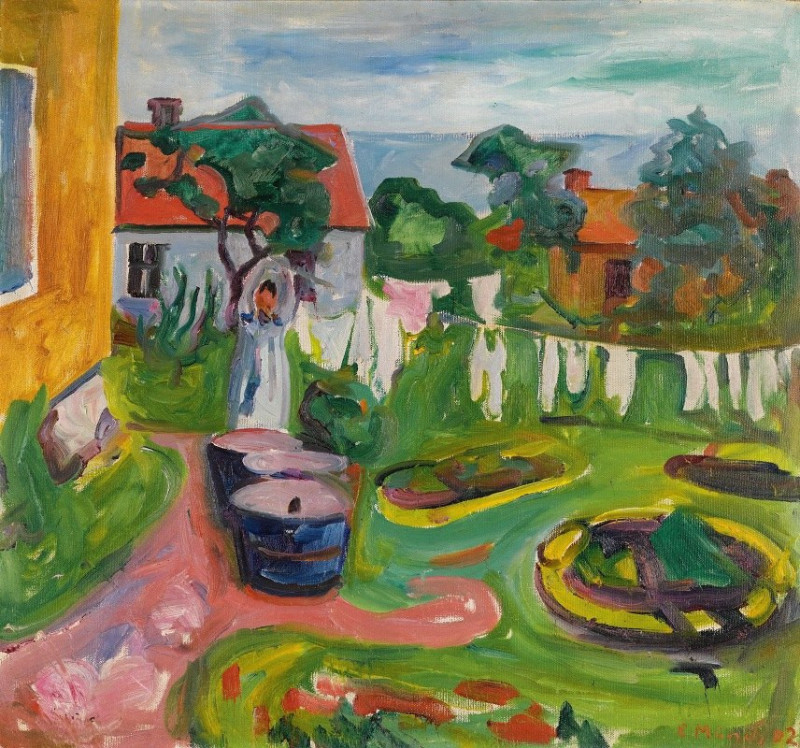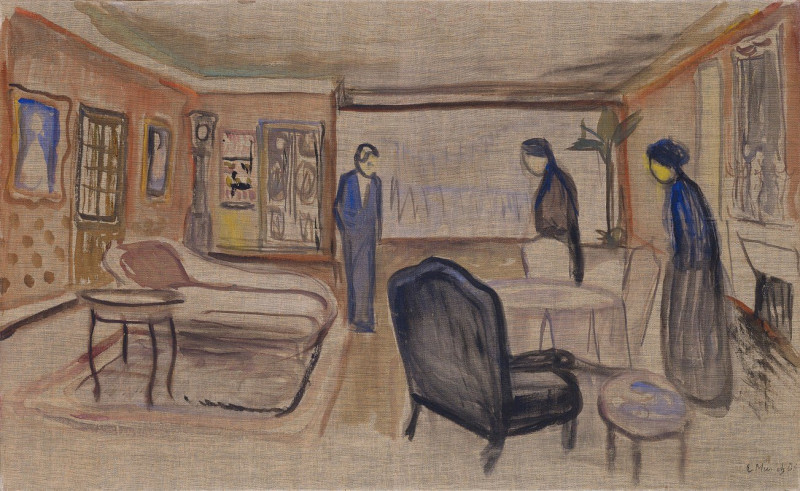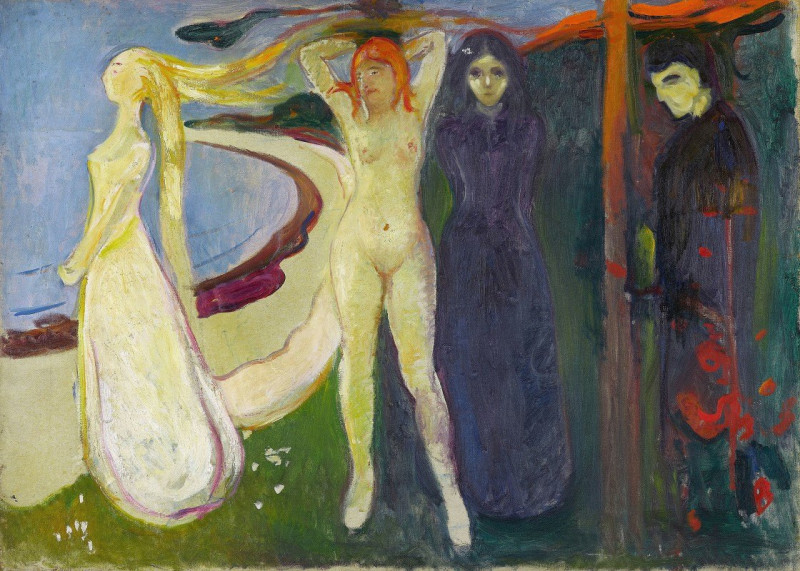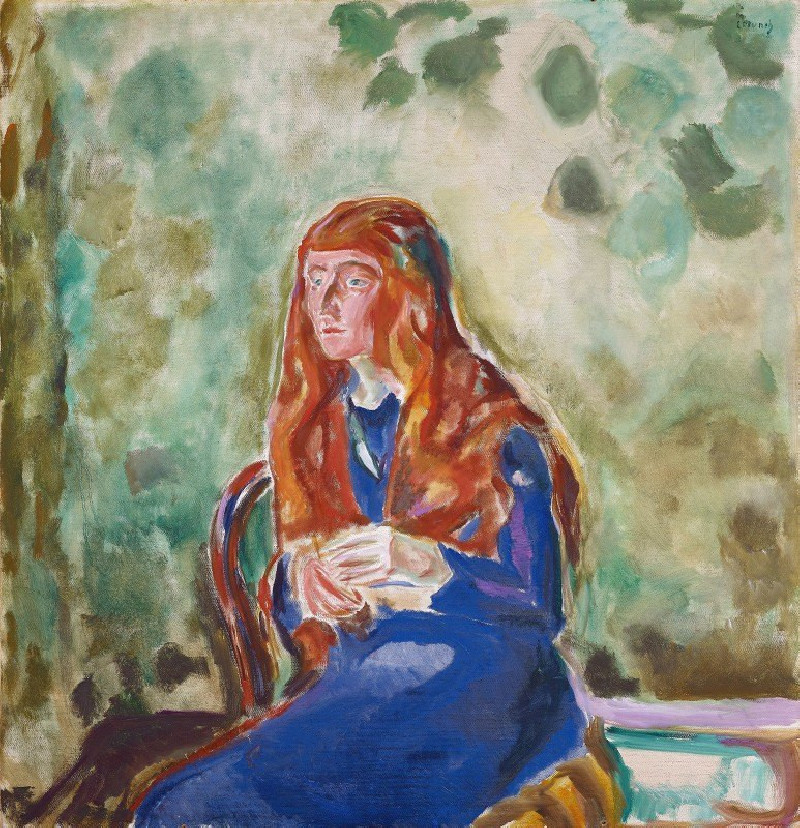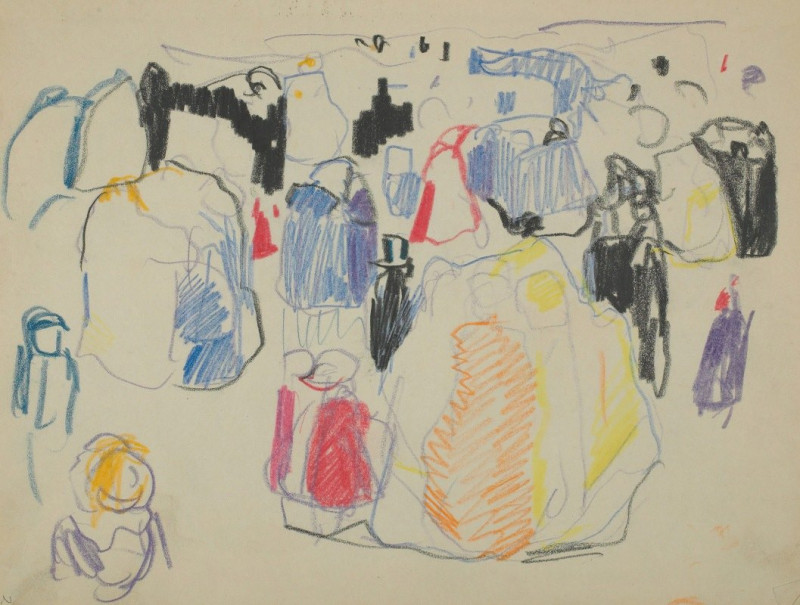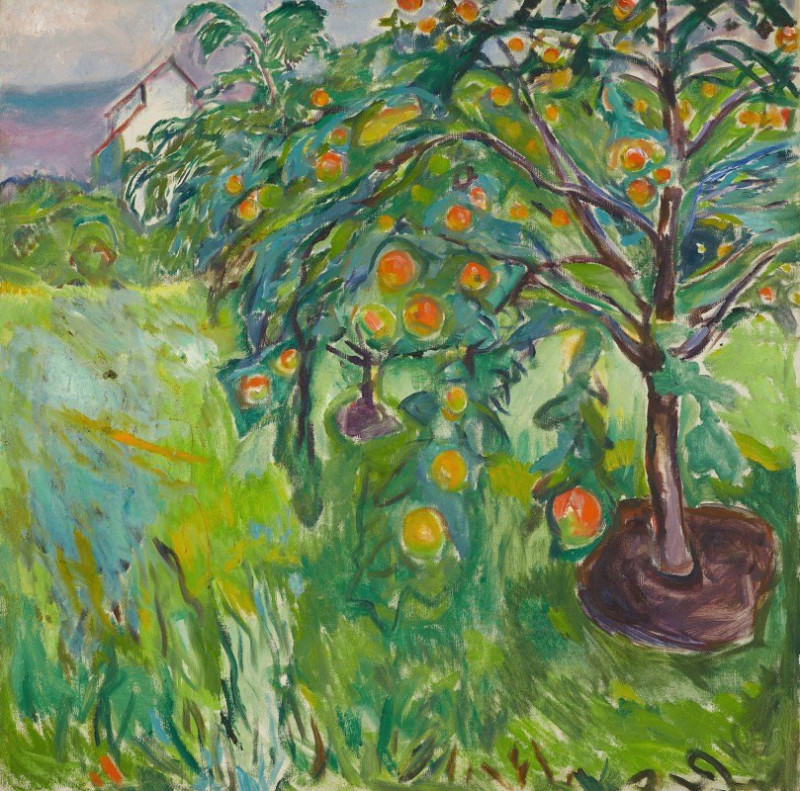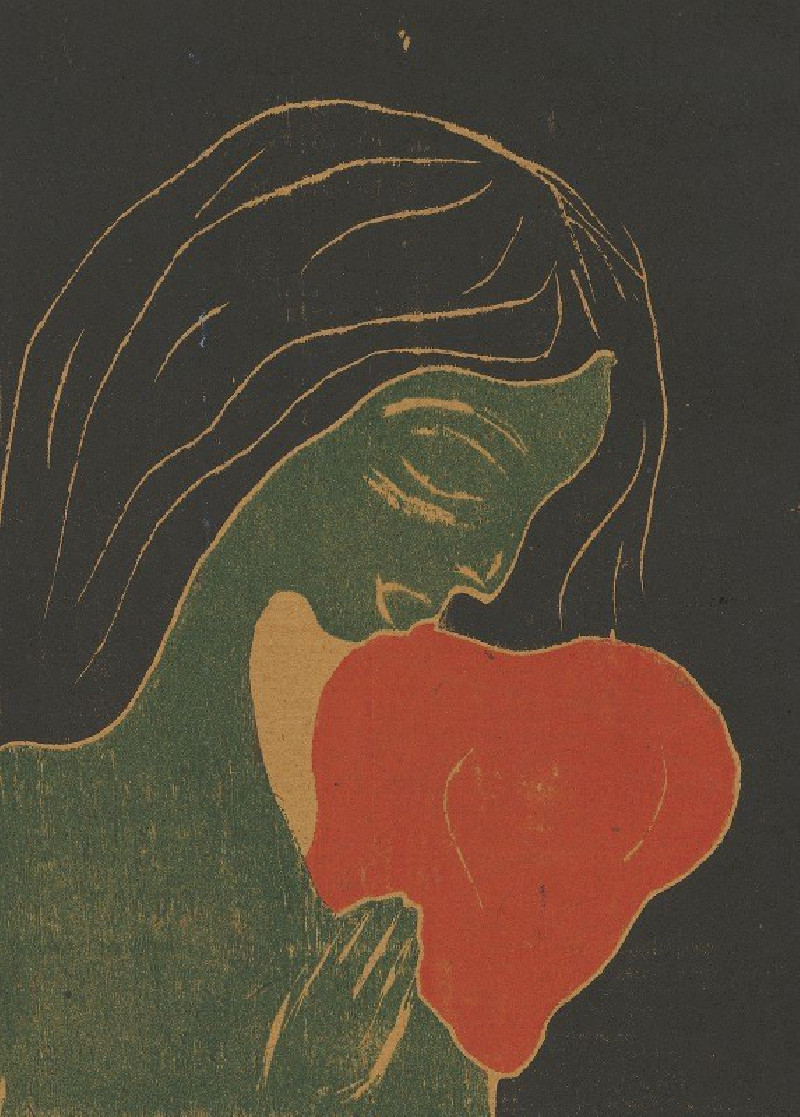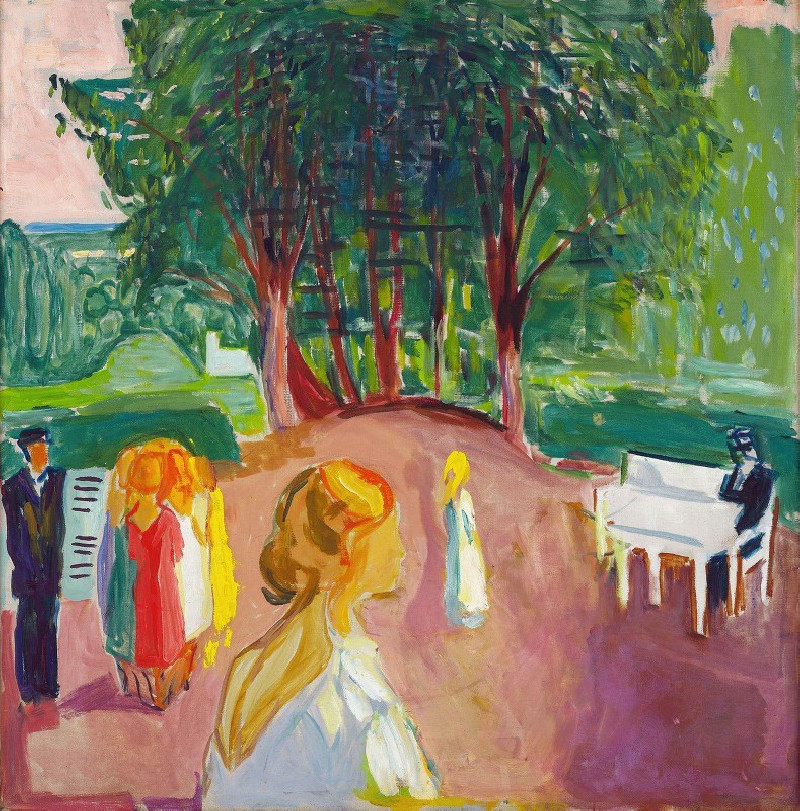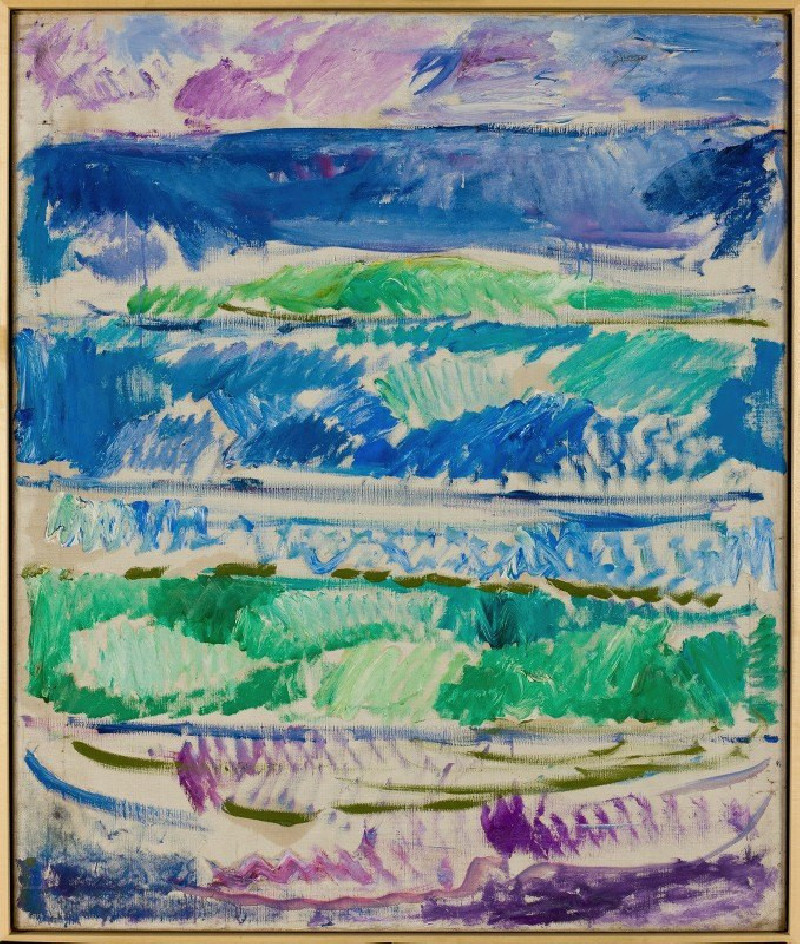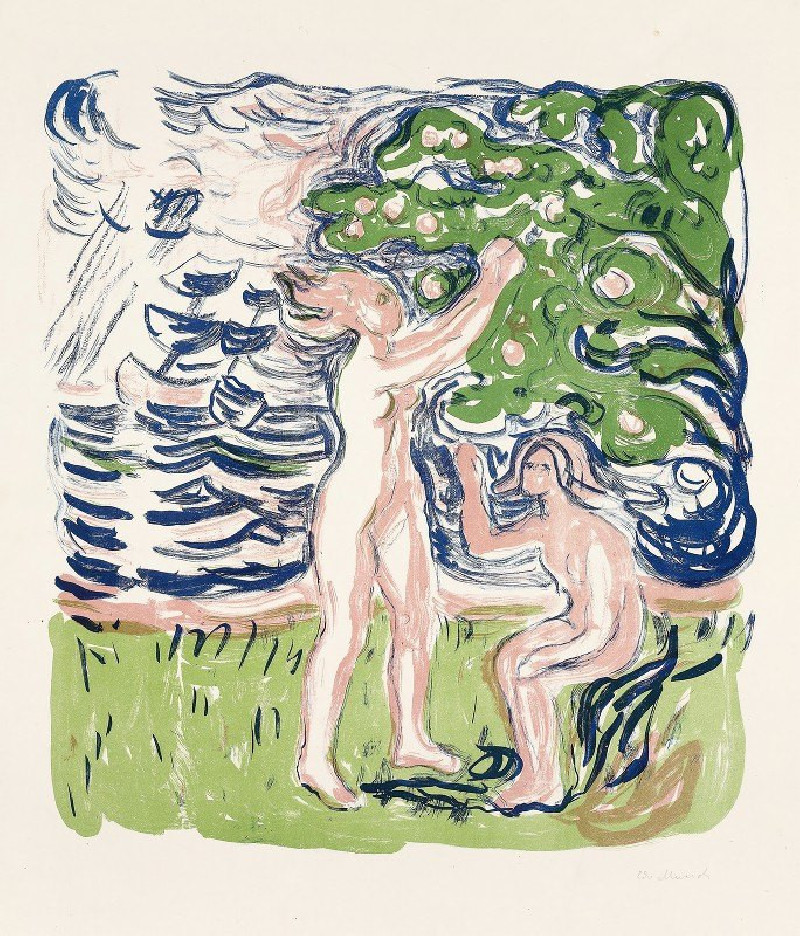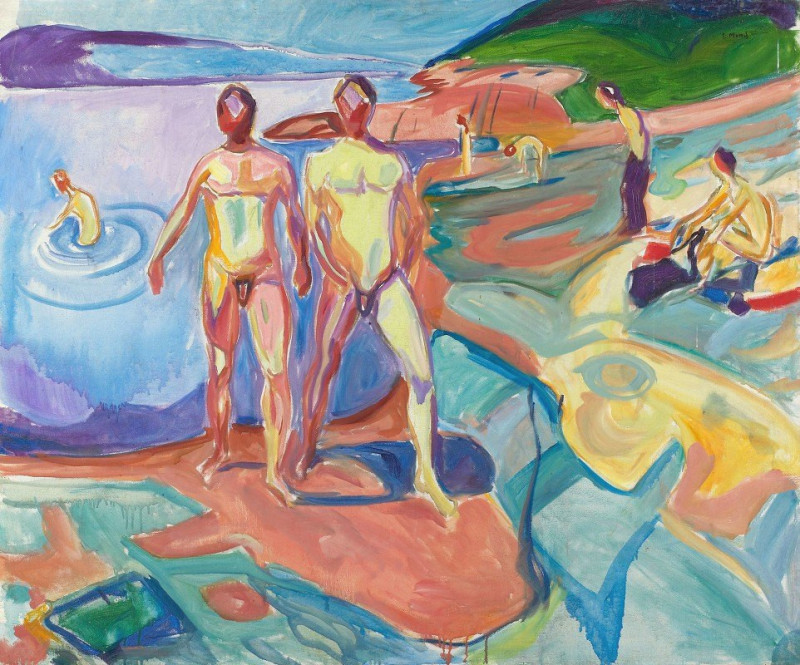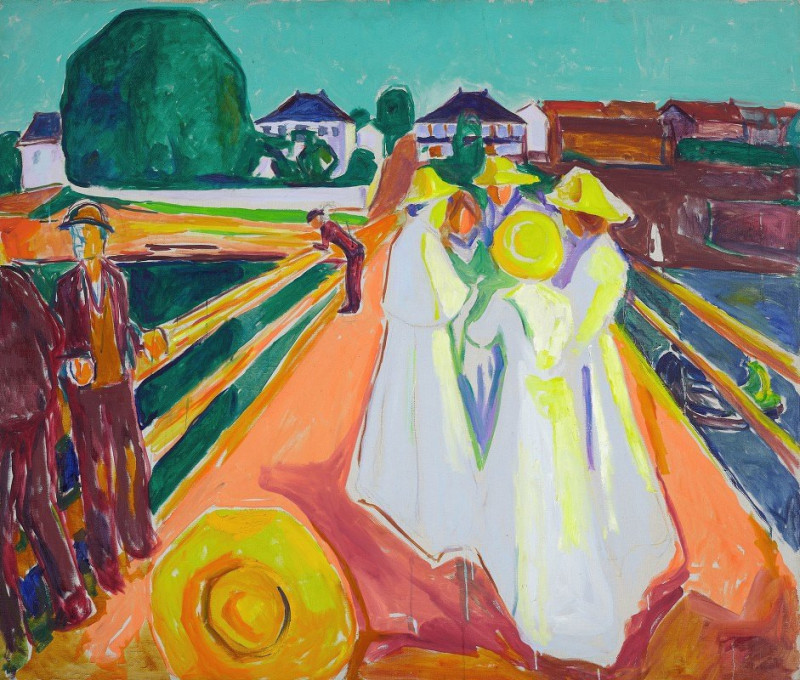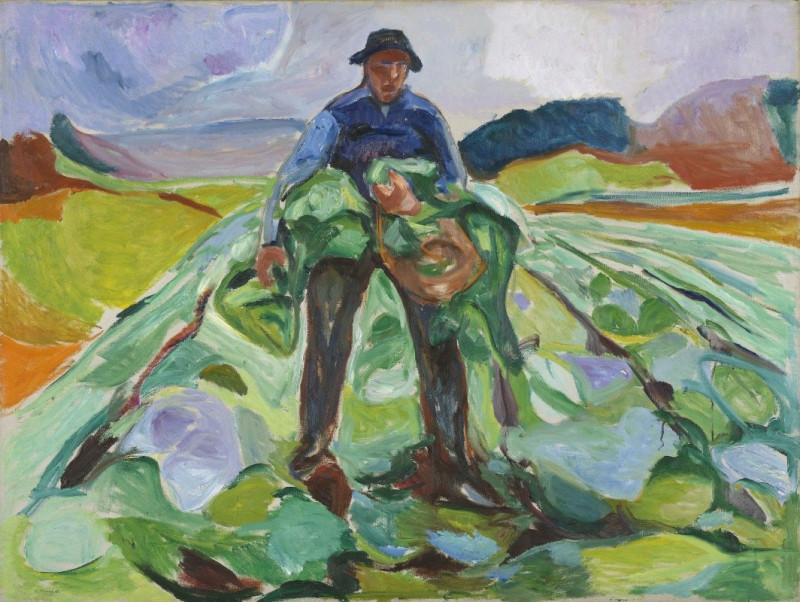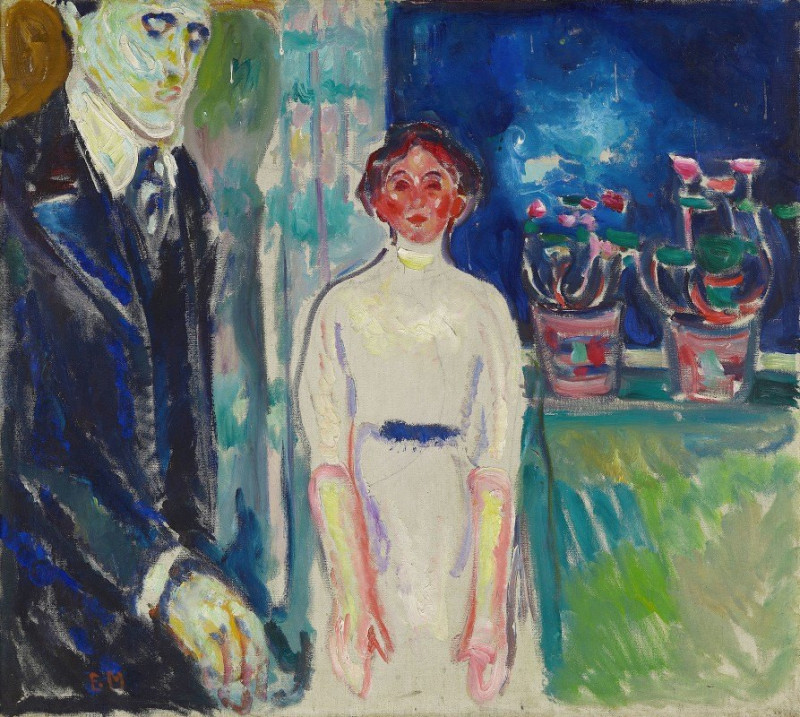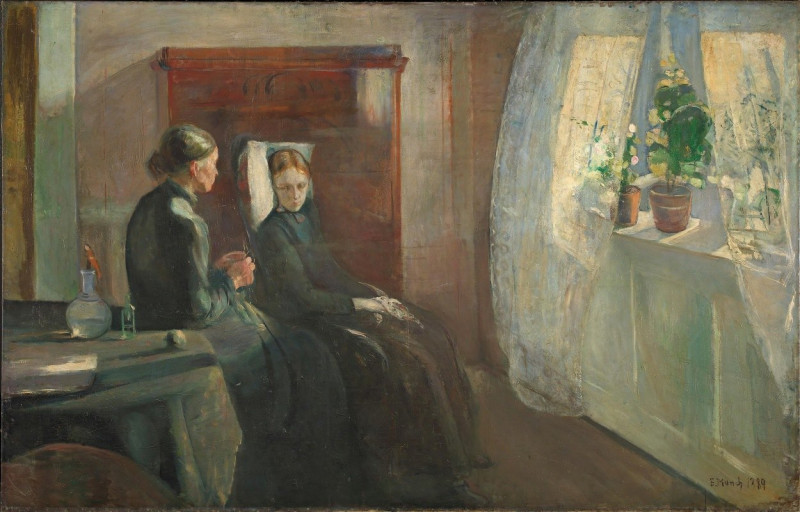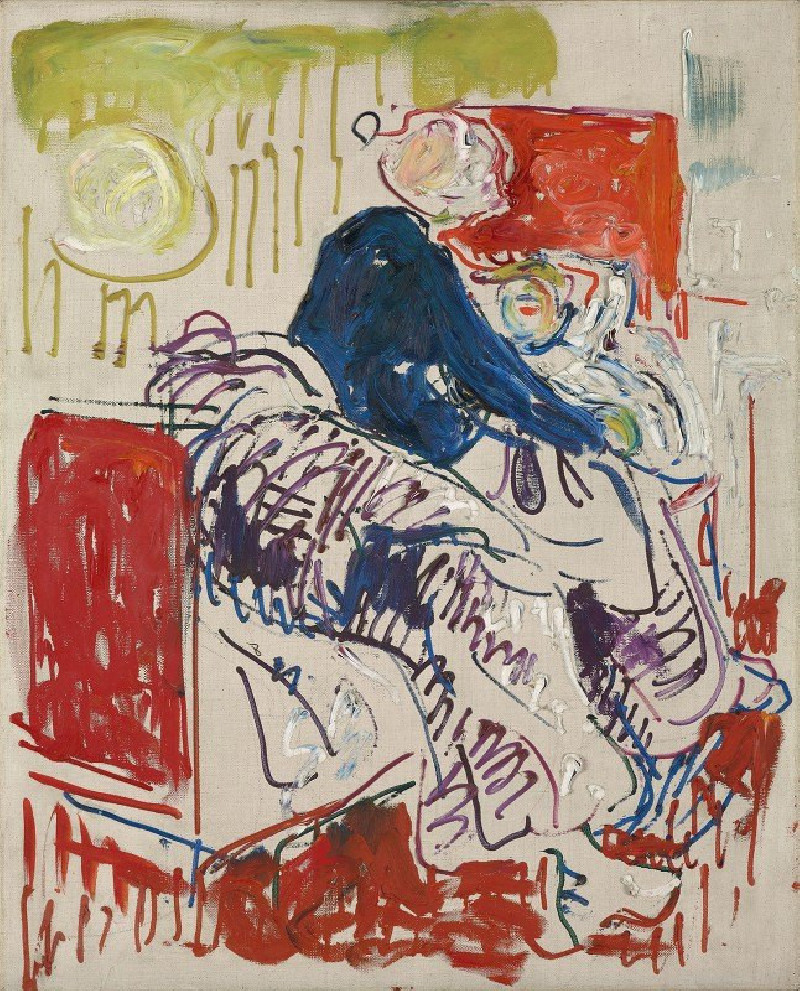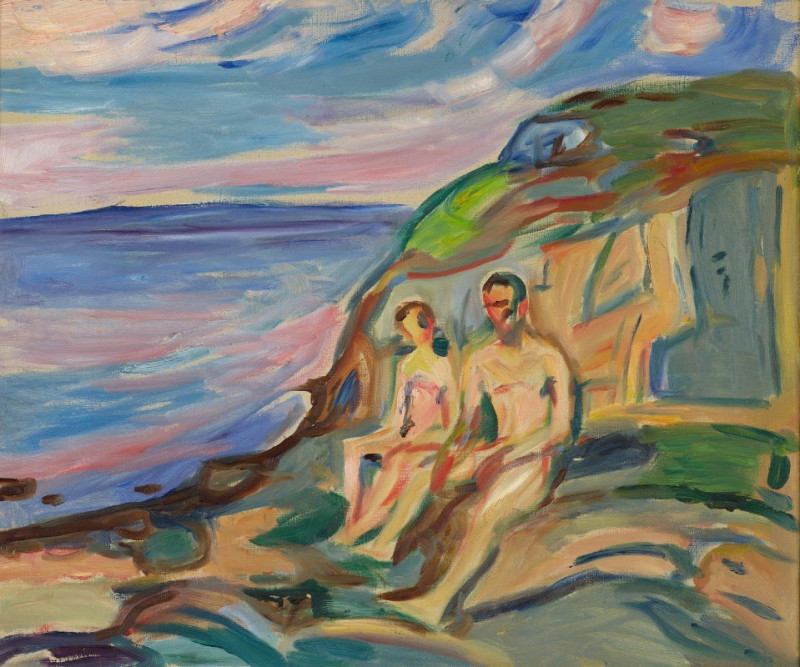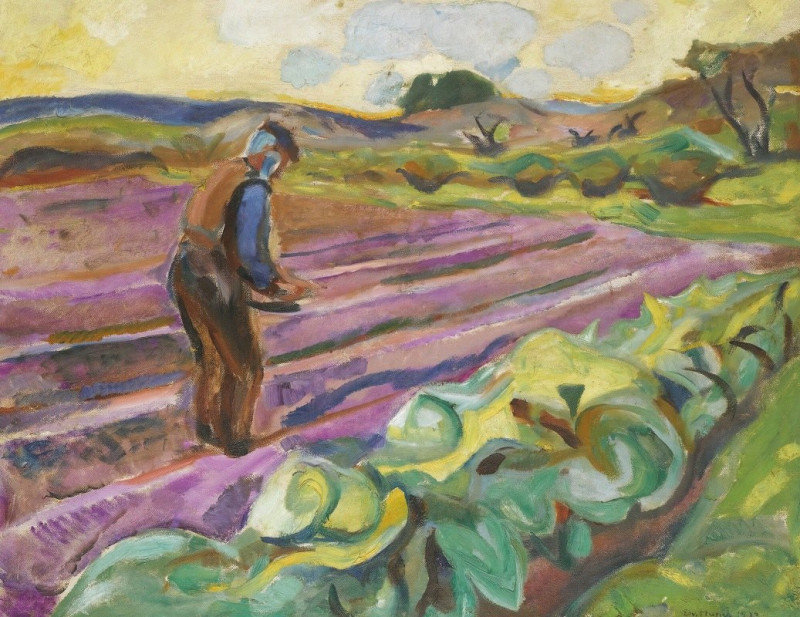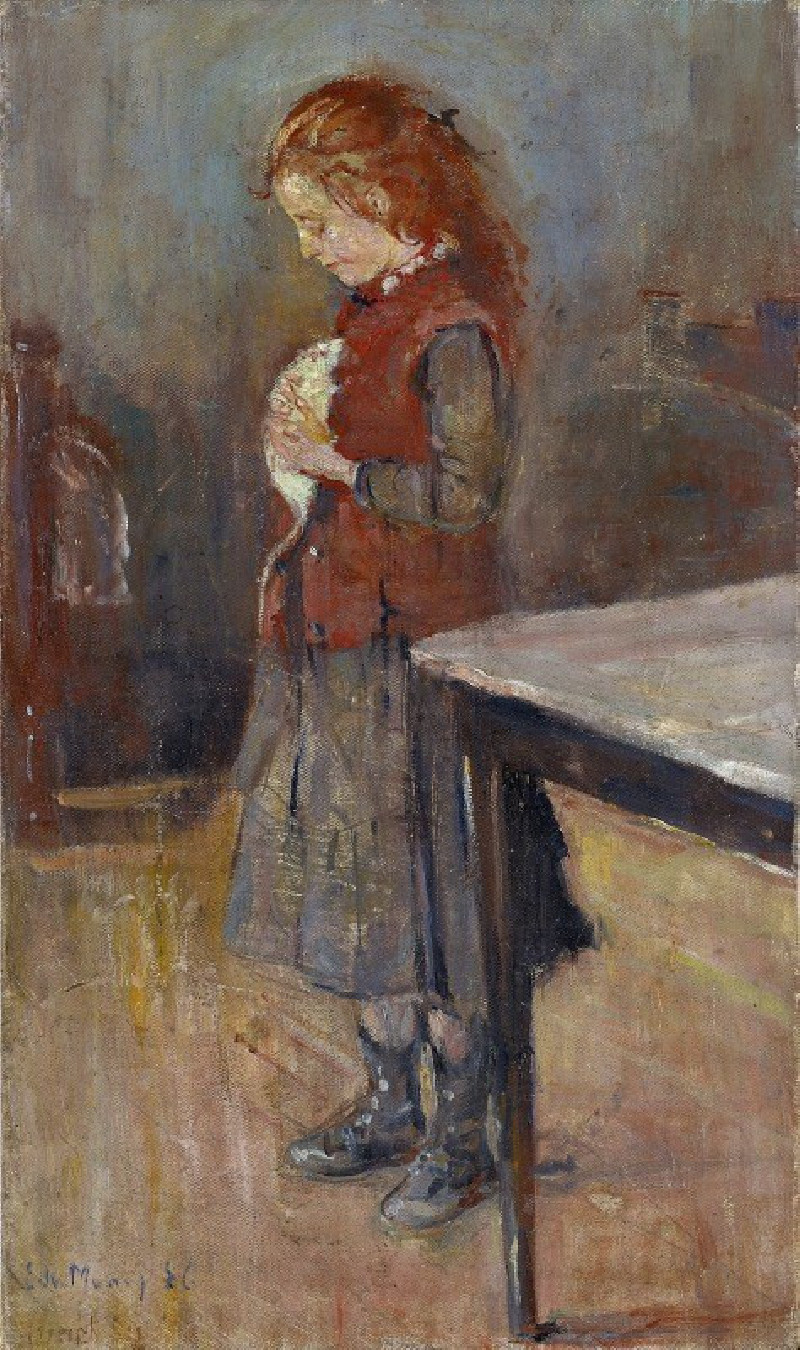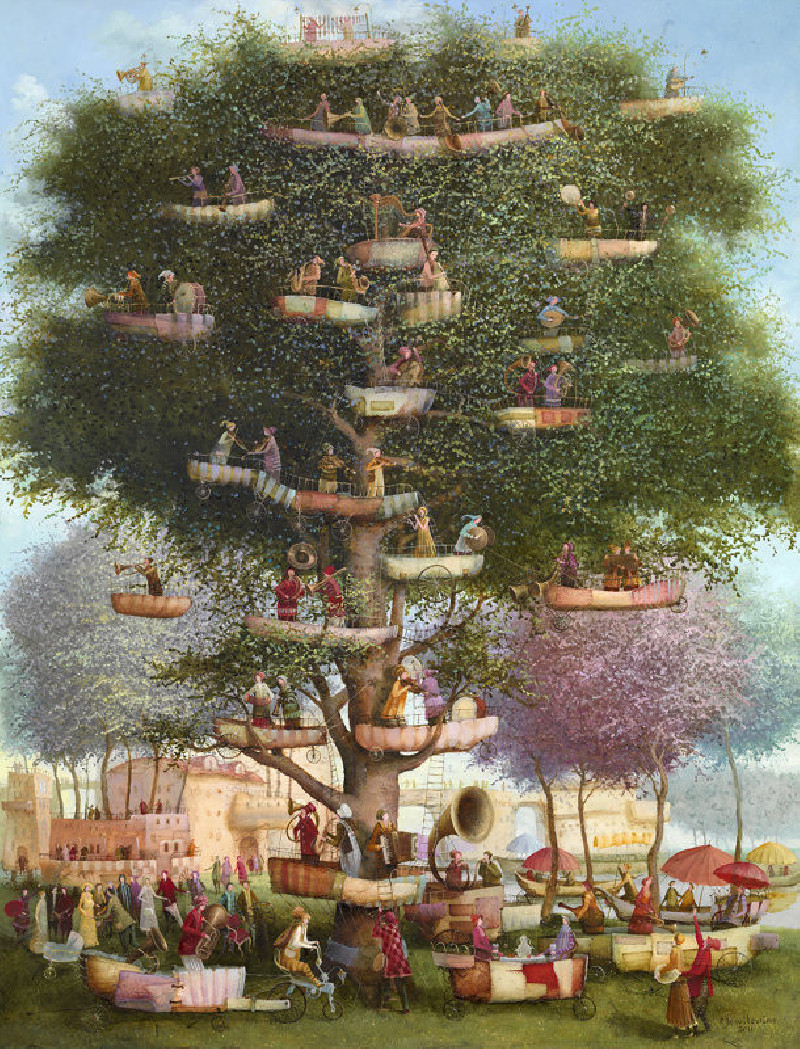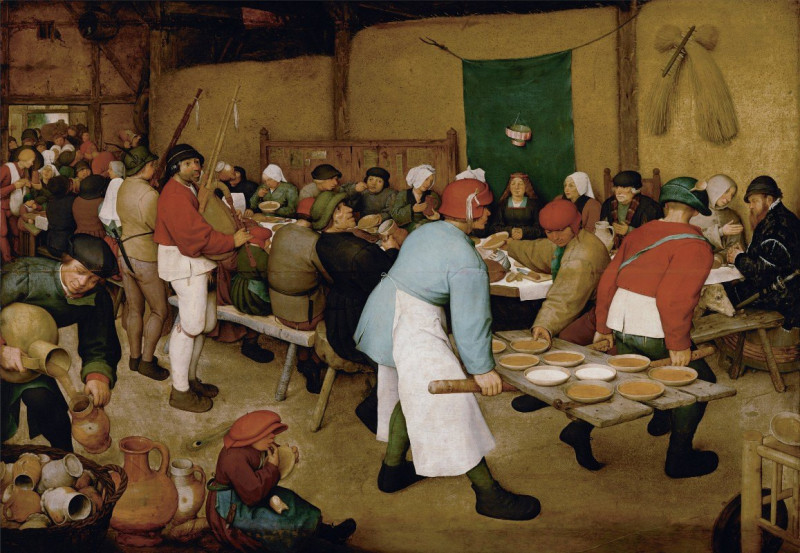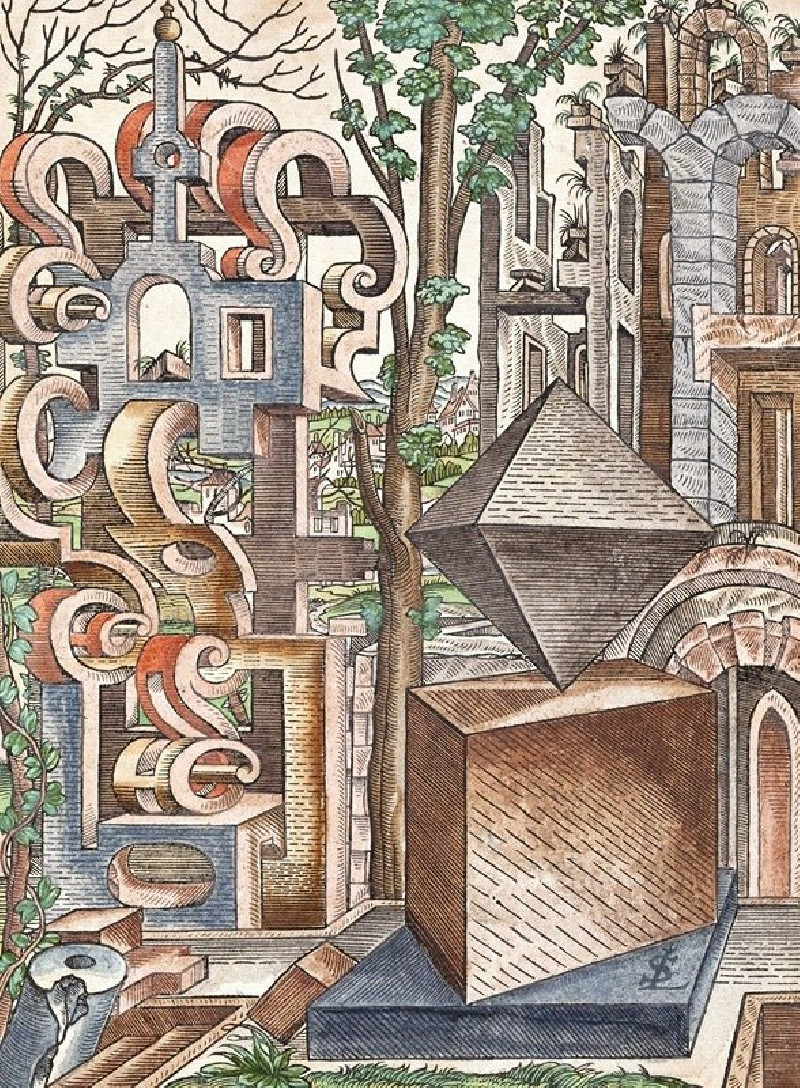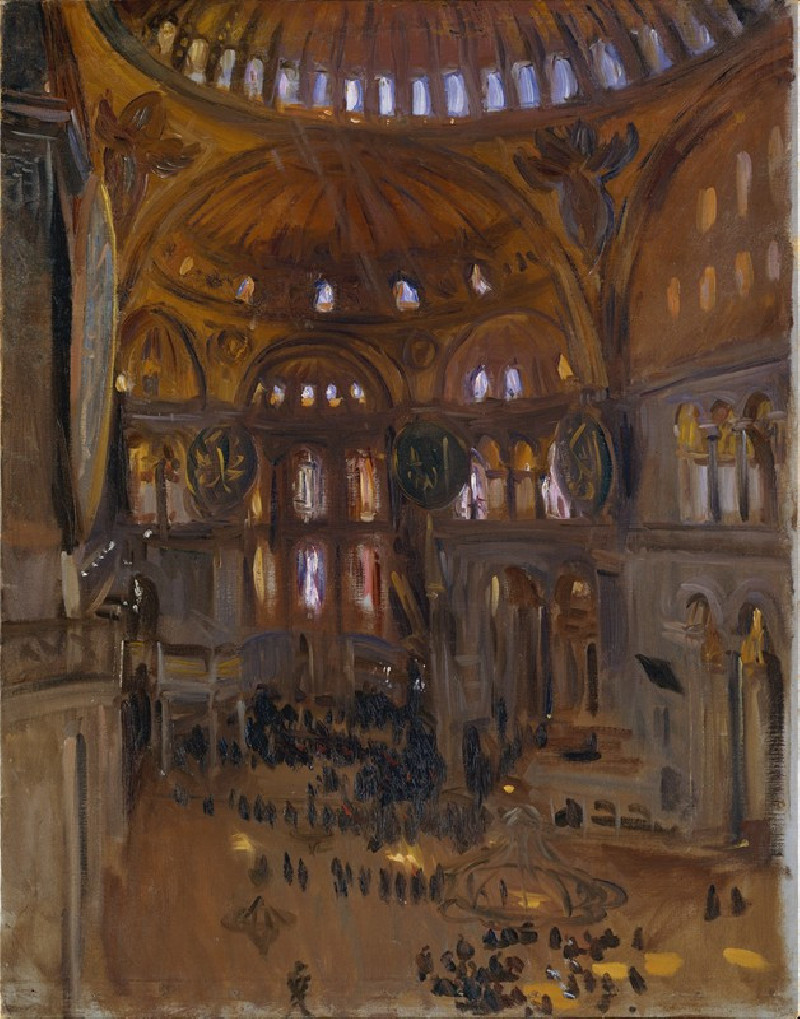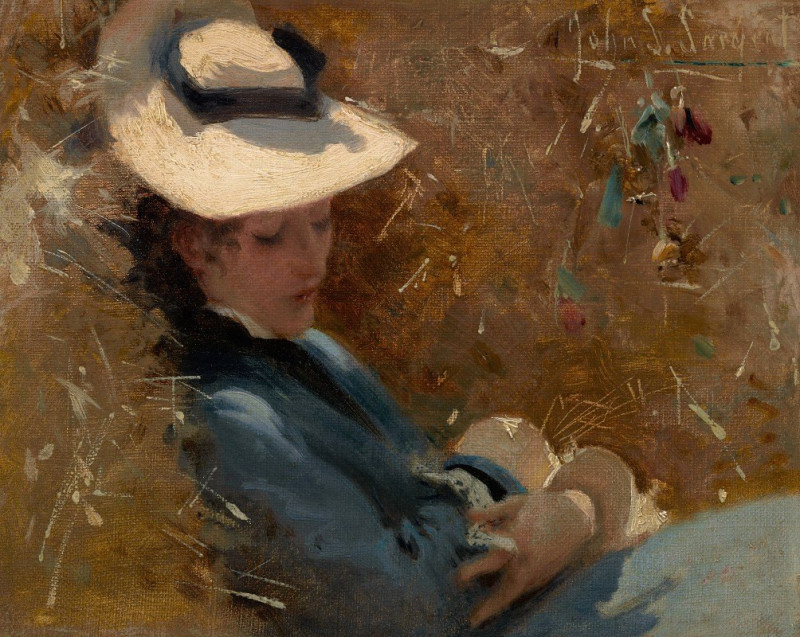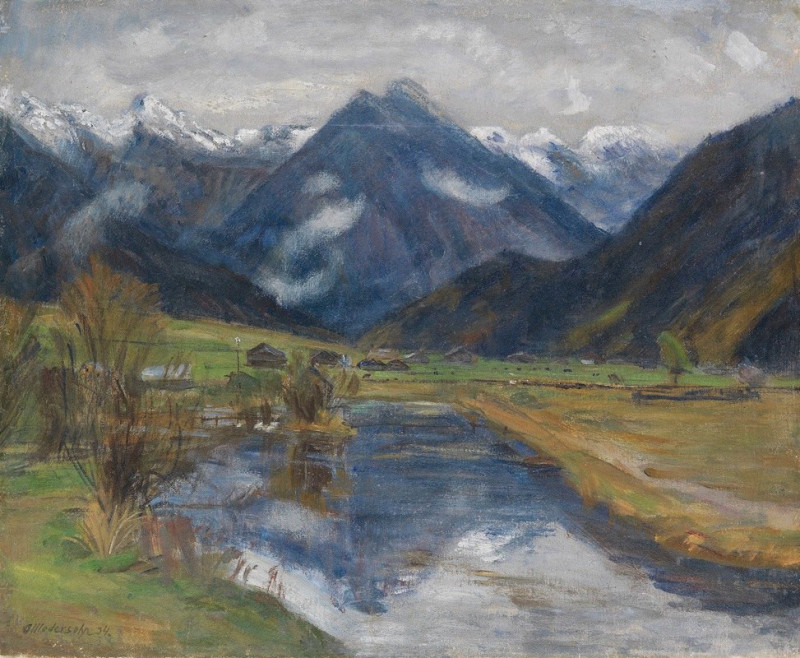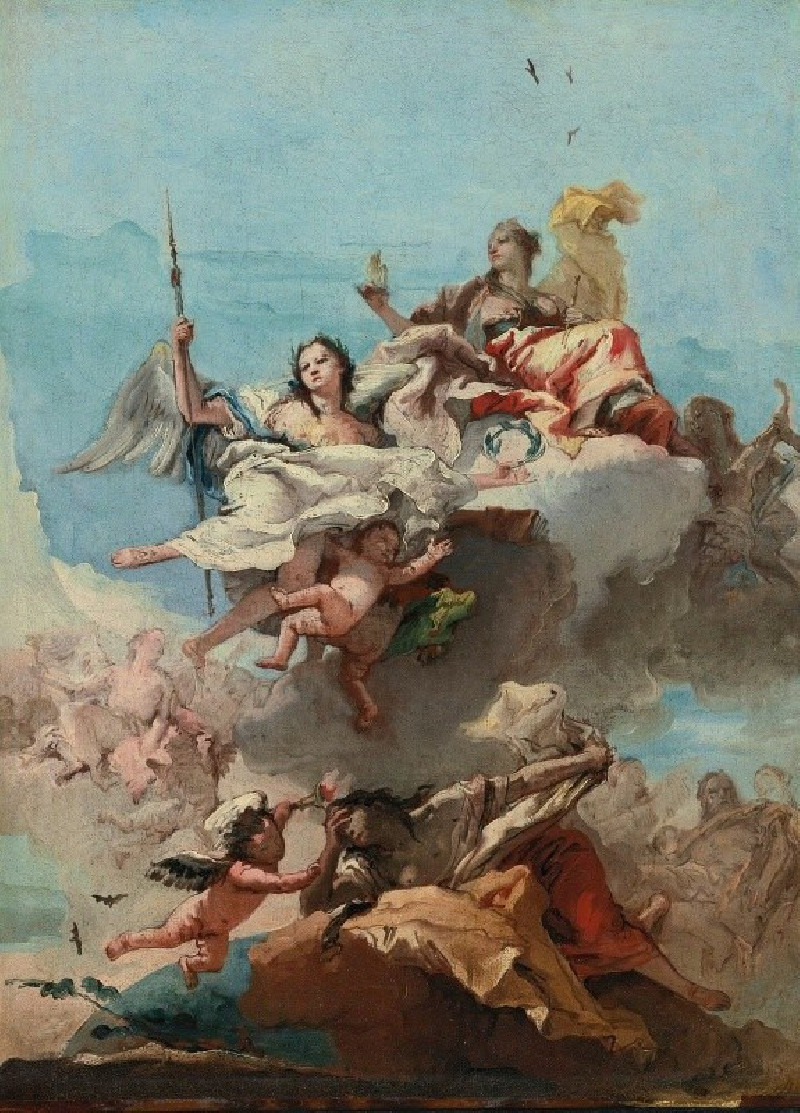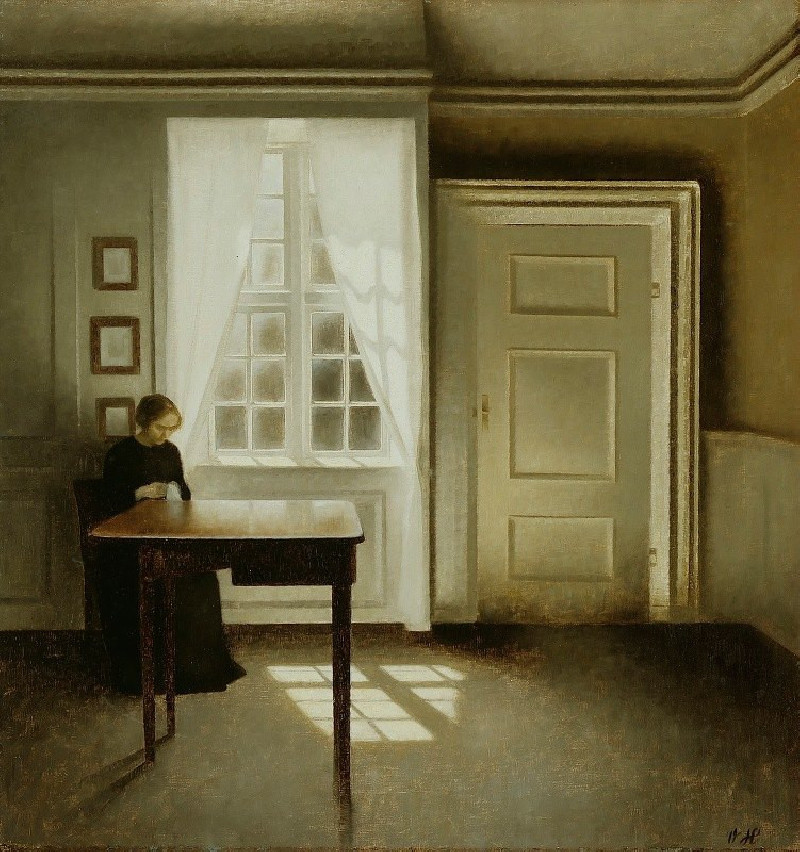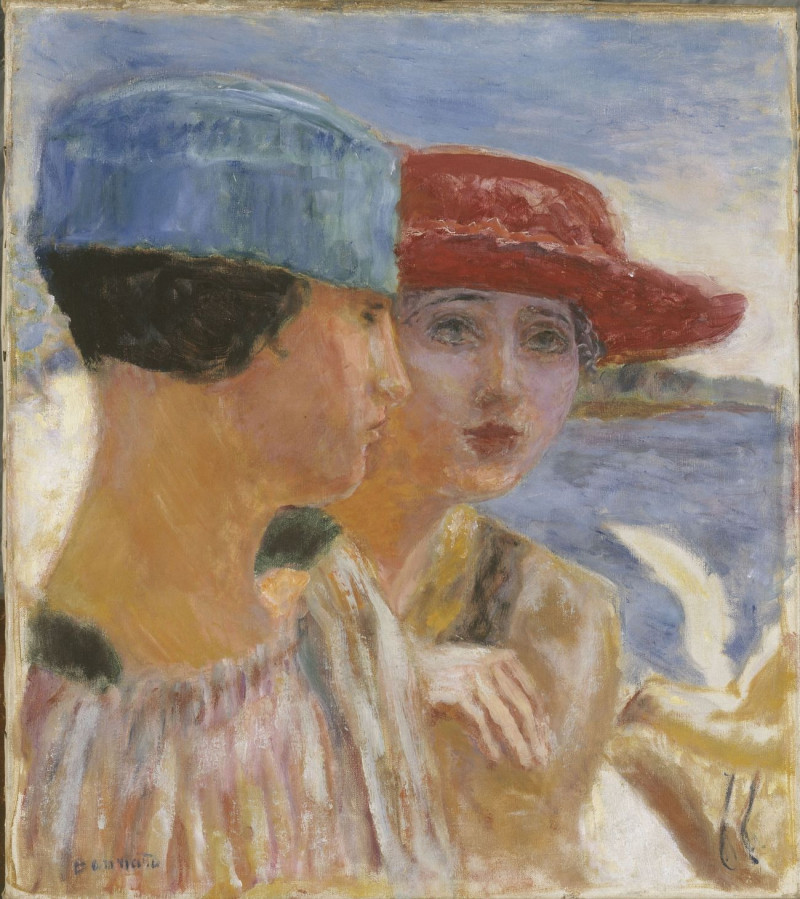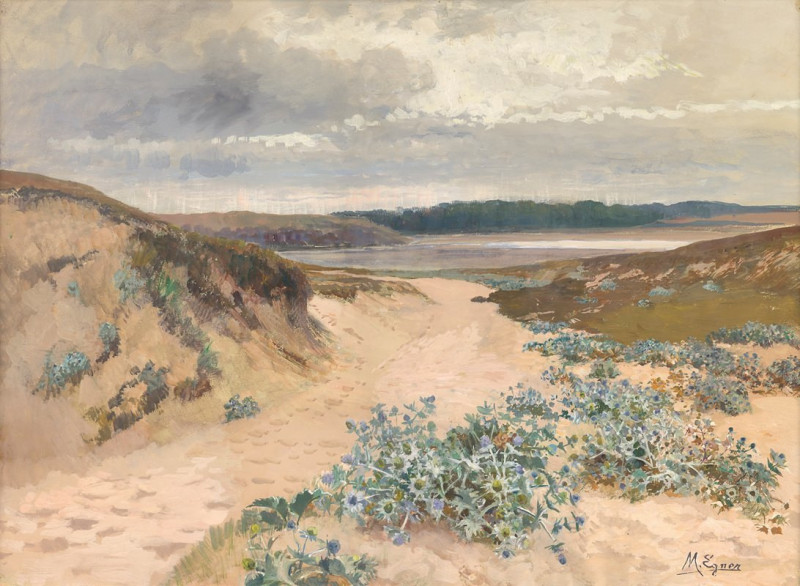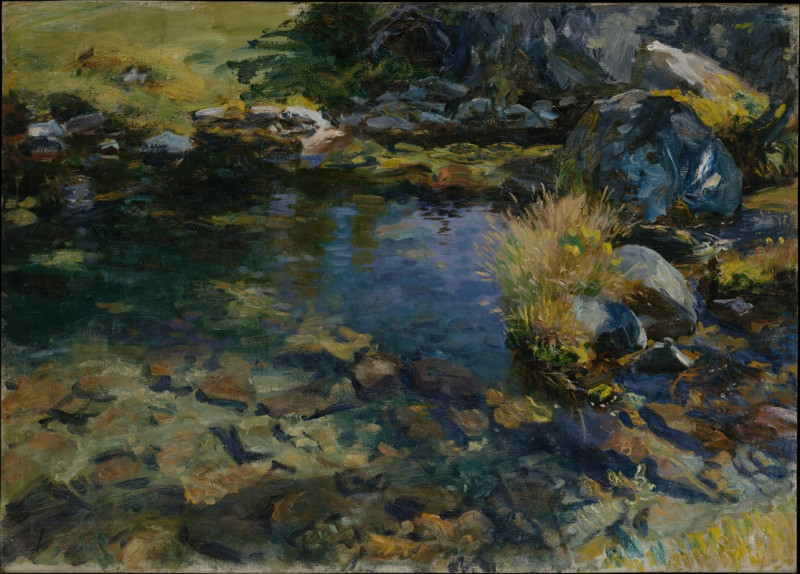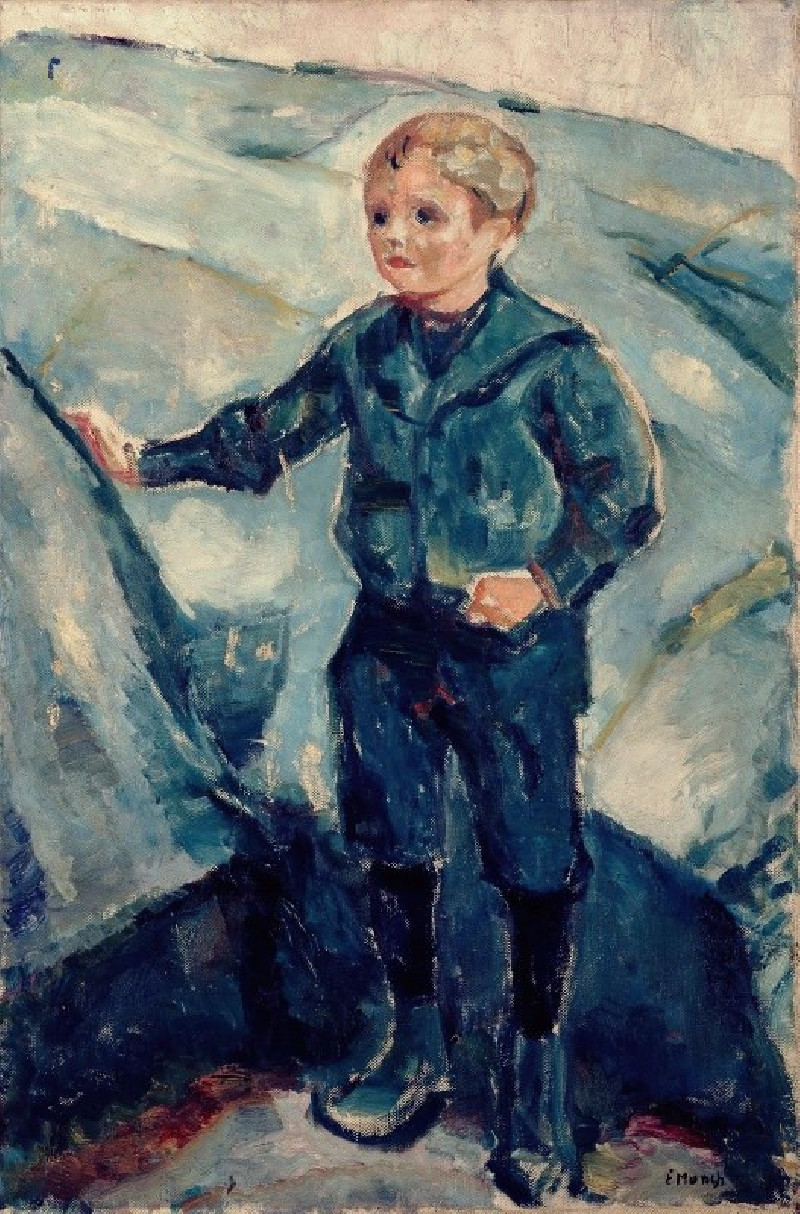The Scream (1895)
Technique: Giclée quality print
Recommended by our customers
More about this artwork
"The Scream" by Edvard Munch is a compelling and visually striking artwork, widely recognized for its intense emotional content and vivid use of color. The painting depicts a figure on a bridge, set against a tumultuous sky that swirls with fiery hues of red, orange, and yellow. This sky contrasts dramatically with the dark, wavy lines of the landscape below, contributing to the painting’s sense of unease and distortion.The central figure, placed in the foreground, stands out with its ghostly pale face and an expression of profound horror and existential dread. The figure clasps the sides of its face with wide eyes and an open mouth, as if caught in a shriek. This expression, combined with the undulating lines of the figure’s dark robe, echoes the turbulence of the sky above and the curving lines of the landscape.In the background, there is a tranquil yet vaguely foreboding body of water, bending into the horizon beneath the fiery sky. Two figures can be seen in the distance, walking away from the central character, adding to the sense of isolation and disconnection that pervades the scene.Overall, the painting is often interpreted as a representation of human anxiety and despair, capturing a moment of intense emotion and psychological turmoil. The exaggerated features, bold colors, and swirling lines all serve to convey a sense of overwhelming sensation and internal chaos, marking "The Scream" as a timeless expression of human angst.
Delivery
Returns
Edvard Munch (12 December 1863 – 23 January 1944) was a Norwegian painter. His best known work, The Scream (1893), has become one of Western art's most iconic images.
His childhood was overshadowed by illness, bereavement and the dread of inheriting a mental condition that ran in the family. Studying at the Royal School of Art and Design in Kristiania (today's Oslo), Munch began to live a bohemian life under the influence of the nihilist Hans Jæger, who urged him to paint his own emotional and psychological state ('soul painting'); from this emerged his distinctive style.

